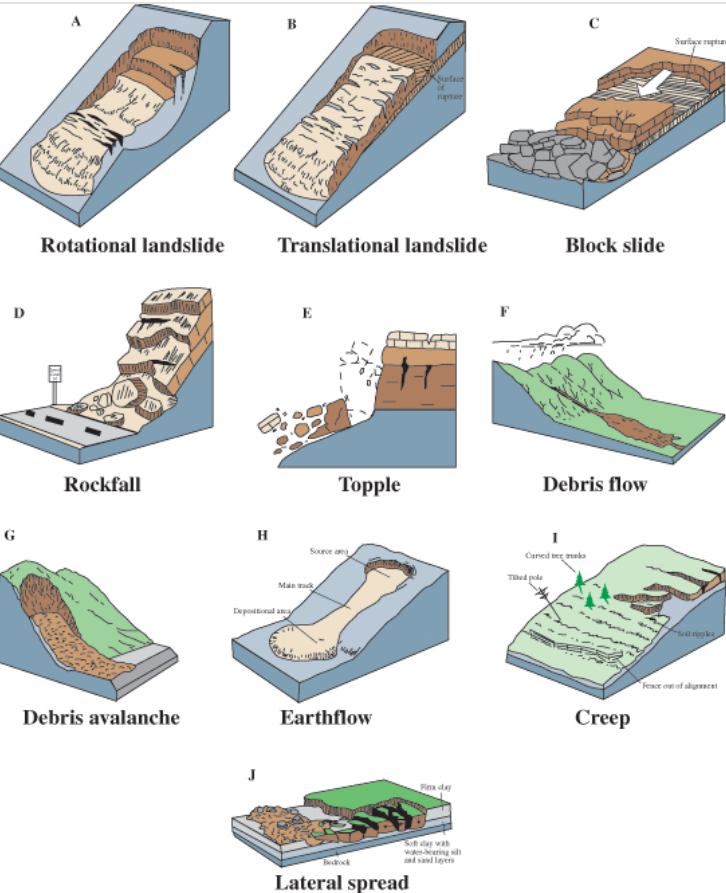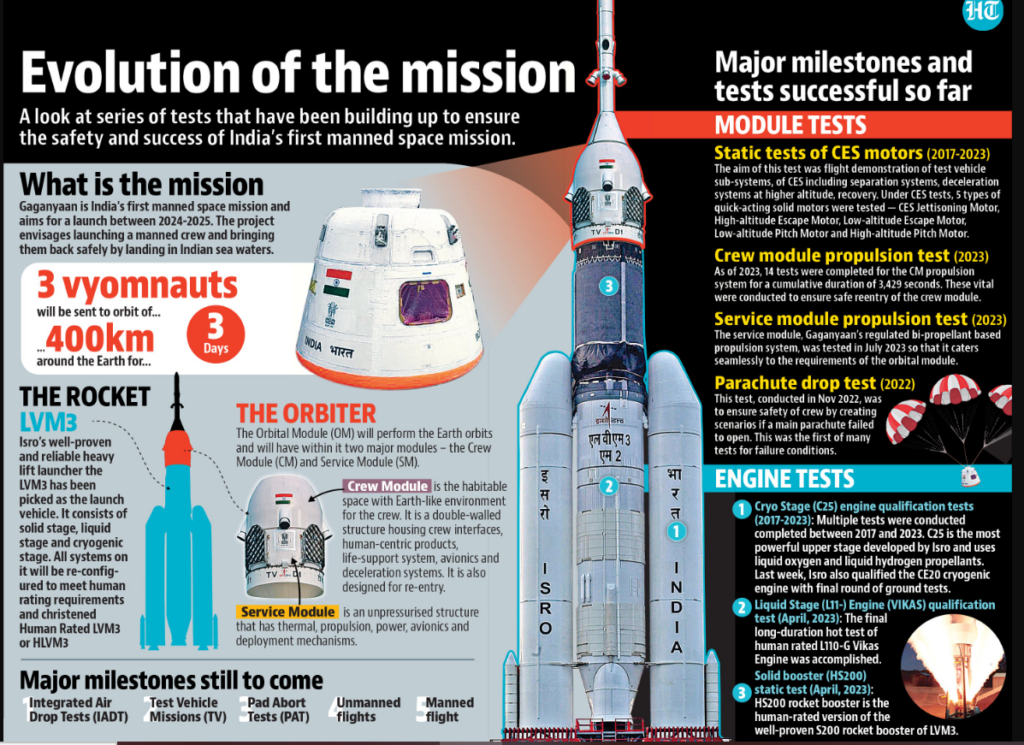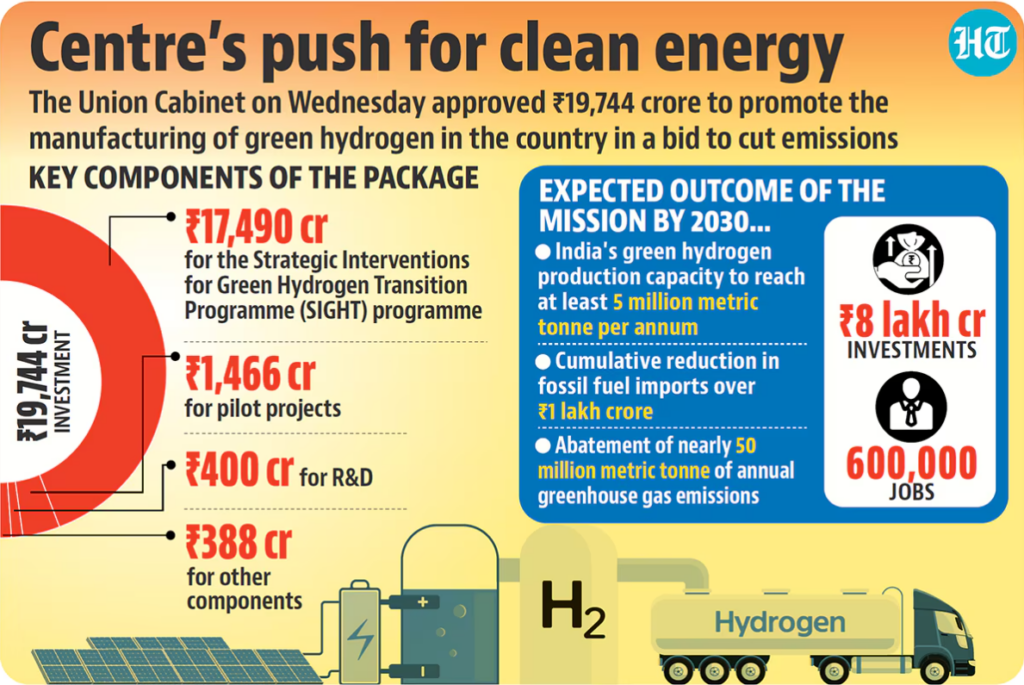26 August 2024 : Daily Current Affairs
1. Classical language centres ask for autonomy
- 1. Classical language centres ask for autonomy
- 2. Frequent mass wasting in Tibet a cause for worry in India
- 3. What did the 2013 panel say on death penalty for rape?
- 4. Union Cabinet Approves Unified Pension Scheme: A Return to Assured Pensions for Government Employees
- 5. Union Minister Dr. Jitendra Singh chaired bilateral meeting on US-India Civil Nuclear Commerce
- PRELIMS FACTS
- 1. India Expands Ramsar Wetland Sites to 85: A Step Forward in Global Wetland Conservation
- 2. Atacama Salt Flat Sinking Due to Lithium Extraction: New Study Reveals Environmental Impact
- 3. Warship INS Mumbai to make first visit to Sri Lanka today
- 4. Sonoluminescence: a little light
(Source – The Hindu, International Edition – Page No. – 6)
| Topic: GS2 – Governance |
| Context |
| The news highlights the ongoing struggle of India’s classical language centres for Telugu, Kannada, Malayalam, and Odia, which are seeking autonomy from the Central Institute of Indian Languages (CIIL) to address funding delays and operational challenges. |
Background
- India has six classical languages: Tamil, Sanskrit, Telugu, Kannada, Malayalam, and Odia.
- Centres for Telugu, Kannada, Malayalam, and Odia function under the Central Institute of Indian Languages (CIIL), Mysuru.
- The Tamil Centre is autonomous, and Sanskrit promotion is managed through dedicated universities.
Demand for Autonomy
- Project Directors of Telugu, Kannada, Malayalam, and Odia centres demand autonomy to improve functioning.
- Centres face delays and financial constraints due to dependence on CIIL for approval and reimbursement.
Challenges Faced
- Vacant positions for research scholars and administrative staff due to irregular funding.
- Examples include:
- Telugu Centre: Only 12 out of 36 approved staff positions filled.
- Odia Centre: Only 8 out of 40 approved staff positions filled.
- Malayalam Centre: Operates with just two employees.
| Six Classical Languages |
|
Sanskrit
Tamil
Telugu
Kannada
Malayalam
Odia
Advantages of inclusion in Classical Language status:
|
| Practice Question: Discuss the significance of classical language status in India and critically analyse the challenges faced by the Centres of Excellence for Classical Languages in promoting and preserving these languages. (150 Words /10 marks) |
2. Frequent mass wasting in Tibet a cause for worry in India
(Source – The Hindu, International Edition – Page No. – 7)
| Context |
|

Mass Wasting
High Frequency of Mass Wasting Events in Sedongpu Gully
- A recent study highlights the alarming frequency of mass wasting events in the Sedongpu Gully on the Tibetan Plateau since 2017, coinciding with the rapid warming of the area.
- The gully, located near the Great Bend of the Yarlung Zangbo (Tsangpo) River, covers 66.8 sq. km and is vital to the river’s ecosystem.
Impact on the Brahmaputra River
- The Sedongpu Gully drains into the Tsangpo River, which flows into India as the Siang River and later merges into the Brahmaputra.
- The study warns of increased sedimentation due to landslides, which could elevate river beds, intensify flood hazards, and lead to more bank erosion in Assam and Bangladesh.
Geophysical Instability and Earthquake Influence
- The region, known for its geophysical instability, has experienced significant earthquakes, including the 8.6-magnitude Assam-Tibet earthquake in 1950 and the 6.4-magnitude Nyingchi earthquake in 2017.
- These earthquakes, combined with long-term warming, have significantly increased landslide activity in the area.
Sedimentation and Flash Flood Risks
- The study indicates that over 700 million cubic metres of debris have been mobilised in the Sedongpu Gully since 2017, with major implications for downstream areas in India and Bangladesh.
- Increased sedimentation could lead to river choking, flash floods, and navigation difficulties, especially during the lean season.
History of Mass Wasting Events
- Satellite data from 1969 to 2023 reveals 19 large mass wasting events in the Sedongpu Gully, with most occurring after 2017.
- The gully has entered a period of intense erosion, with significant events temporarily blocking the Tsangpo River and creating dangerous conditions for downstream areas.
Need for Monitoring and Management
- Environmental scientists emphasise the importance of similar studies to monitor geophysical events and manage sediment in the Brahmaputra and its tributaries.
- The warming trend in the region, exceeding global averages, underscores the urgency of addressing these challenges.
| Potential Impact of the Study and Increased Mass Wasting: |
|
| PYQ: Briefly mention the alignment of major mountain ranges of the world and explain their impact on local weather conditions, with examples. (250 words/15m) (UPSC CSE (M) GS-1 2021) |
| Practice Question: Discuss the potential implications of increased mass wasting events in the Sedongpu Gully on the Brahmaputra River system and the socio-economic stability of Northeast India. (150 Words /10 marks) |
3. What did the 2013 panel say on death penalty for rape?
| Topic: GS2 – Social Justice – Vulnerable Sections |
(Source – The Hindu, International Edition – Page No. – 10)
| Context |
|
Background and Public Outcry
- Following the brutal rape and murder of a doctor at Kolkata’s R.G. Kar Medical College and Hospital on August 9, there has been a strong public demand for the death penalty for the accused.
- The Justice J.S. Verma Committee had previously recommended against the death penalty for rape, emphasizing that it would be a regressive step in the field of sentencing and reformation.
Union Cabinet’s Decision
- The Union Cabinet did not adopt the recommendation of the Verma Committee when it passed an ordinance on sexual assault in 2013.
- The committee, formed after the Delhi gang rape case on December 16, 2012, suggested that the death penalty does not necessarily deter such crimes.
- Despite this, the 2013 amendments to the criminal laws introduced death penalties for rape resulting in death or a persistent vegetative state (Section 376A) and for repeat offenders (Section 376E).
- Additional changes in 2018 mandated the death penalty for gang rape of victims under 12 years old (Section 376DB) and life imprisonment for victims under 16 (Section 376DA).
- The Bharatiya Nyaya Sanhita now prescribes the death penalty for gang rape of women under 18.
Recommendations of the Verma Committee

- The Verma Committee recommended increased prison terms for rape but stopped short of endorsing the death penalty.
- It advocated for rigorous imprisonment of at least 20 years for cases resulting in a persistent vegetative state.
- The committee questioned the effectiveness of the death penalty as a deterrent, citing declining murder rates despite fewer executions.
Stance on Marital Rape
- The committee proposed removing the marital rape exception, asserting that marital status should not excuse rape.
- The Union government did not adopt this recommendation and maintained that marital rape is not criminalized under current laws.
Gender Rights
- The Verma Committee highlighted that true empowerment of women requires social, educational, and economic equality.
- It emphasised that correcting gender biases requires systemic changes in education and societal behaviour, not just legal reforms.
| Practice Question: Discuss the implications of the Justice J.S. Verma Committee’s recommendations on rape legislation in India, particularly in light of recent amendments that introduced the death penalty for certain rape cases. (250 Words /15 marks) |
4. Union Cabinet Approves Unified Pension Scheme: A Return to Assured Pensions for Government Employees
(Source: Indian Express; Section: Explained; Page: 11)
| Topic: GS3 – Indian Economy |
| Context: |
|
Analysis of News:

Key Features of the UPS: The UPS guarantees a fixed pension, addressing a major criticism of the NPS.
Key features include:
- Assured Pension: 50% of the employee’s average basic pay over the last 12 months for those with at least 25 years of service.
- Assured Minimum Pension: A minimum of ₹10,000 per month for retirees with at least 10 years of service.
- Family Pension: 60% of the retiree’s last drawn pension for their immediate family upon death.
- Inflation Indexation: Pensions will be adjusted for inflation based on the All India Consumer Price Index.
- Lump Sum Payment: Additional to gratuity, calculated based on a portion of the last drawn pay.
Comparison with the NPS
- The NPS, introduced in 2004, replaced the Old Pension Scheme (OPS) to address the fiscal burden of unfunded pensions.
- Unlike the OPS, the NPS required employee contributions and offered no guaranteed returns, leading to dissatisfaction among employees.
Fiscal Implications
- The UPS aims to be more fiscally responsible than the OPS, maintaining a contributory and funded structure while providing guaranteed returns.
- The initial implementation is expected to cost the exchequer ₹800 crore in arrears and an additional ₹6,250 crore annually.
Impact on Employees
- The UPS will be available to all employees who retired under the NPS from 2004 onwards. While employees have the option to remain under the NPS, the UPS is likely to be more beneficial for the majority.
| Practice Question: Discuss the key features of the newly approved Unified Pension Scheme (UPS) and analyze how it addresses the criticisms of the National Pension Scheme (NPS) while balancing fiscal responsibility. (250 words/15 m) |
5. Union Minister Dr. Jitendra Singh chaired bilateral meeting on US-India Civil Nuclear Commerce
(Source – https://pib.gov.in/PressReleseDetail.aspx?PRID=2048707 )
| Topic: GS2 – International Relations – Bilateral Relations |
| Context |
|
Advancements in India-US Civil Nuclear Collaboration
- The collaboration between India and the US in the civil nuclear sector reflects a strategic partnership focused on clean energy, scientific research, and technological innovation.
- Recent developments highlight the deepening of this cooperation and its impact on global sustainability goals.
Key Developments In India – US Relations
- Indian Astronaut on the International Space Station:

- An Indian astronaut from the Gaganyaan Mission is set to join the International Space Station (ISS).
- This achievement marks a significant milestone in Indo-US space collaboration, emphasising the importance of joint efforts in securing global supply chains and advancing technologies in critical sectors such as semiconductors, pharmaceuticals, and clean energy.
- Green Hydrogen Mission:

- India’s Green Hydrogen Mission is a key initiative aimed at decarbonizing heavy industries, transportation, and power generation.
- This mission is crucial for driving innovation in clean technologies and aligns with global climate objectives.
- It represents India’s commitment to transitioning to a sustainable energy future through strong policy frameworks and international collaborations.
- Small Modular Reactors (SMRs):

- Exploration of international partnerships is underway to support the deployment of Small Modular Reactors (SMRs).
- SMRs are expected to play a significant role in India’s clean energy transition by enhancing energy self-reliance and meeting climate commitments.
- They offer a safer and more efficient alternative to traditional nuclear reactors.
Scientific Research and Technological Innovation
- National Research Foundations:
- The collaboration between India’s National Research Foundation (NRF) and the US National Science Foundation (NSF) plays a crucial role in advancing scientific research and innovation.
- This partnership facilitates joint research initiatives and enhances technological capabilities in emerging fields.
- Climate Action and Sustainability:
- The partnership supports India’s climate action plan, which aims to increase non-fossil energy capacity to 500 GW, reduce carbon emissions by 1 billion tons, and achieve net-zero emissions by 2070.
Technological Advancements and Future Prospects
- Progress in Emerging Technologies:
- Significant advancements are being made in data analytics, Artificial Intelligence (AI), and machine learning.
- These technologies are critical for innovation and addressing global challenges.
- Sustainable Energy Solutions:
- India is making strides in Lithium-Ion Battery development and circular energy storage solutions.
- Efforts also include biomass to energy conversion and Carbon Capture, Utilisation, and Storage (CCUS) technologies.
Conclusion
- The India-US civil nuclear collaboration is a robust partnership advancing clean energy, scientific research, and technological innovation.
- This cooperation is crucial for addressing global energy and environmental challenges and reinforcing the commitment to a sustainable and secure future.
| PYQ: In what ways would the ongoing US-Iran Nuclear Pact Controversy affect the national interest of India? How should India respond to this situation? (250 words/15m) (UPSC CSE (M) GS-2 2018) |
| Practice Question: Analyse the significance of the Indo-US civil nuclear collaboration in advancing clean energy technologies and scientific research. How do recent developments contribute to global sustainability goals and energy security? (250 Words /15 marks) |
PRELIMS FACTS
1. India Expands Ramsar Wetland Sites to 85: A Step Forward in Global Wetland Conservation
(Source: Indian Express; Section: Explained; Page: 19)
| Context: |
|
Analysis of News:

New Ramsar sites added:
- Nanjarayan Bird Sanctuary (Tamil Nadu):
- Location: Northeastern Uthukuli Taluk, Tiruppur District.
- Ecological Significance: Originally a reservoir for irrigation, now a vital ecosystem supporting various bird species, including migratory birds from the Central Asian Flyway.
- Avifauna: Home to species like the Eurasian coot, spot-billed duck, and various herons.
- Kazhuveli Bird Sanctuary (Tamil Nadu):
- Location: Villupuram District, North of Pondicherry on the Coromandel Coast.
- Ecology: A brackish water wetland with salt marshes, mudflats, and shallow waters.
- Flora and Fauna: Hosts endangered species like the black-headed ibis and greater flamingo. Mangrove patches and reed beds dominate the area.
- Significance: Important stopover for migratory birds along the East Asian-Australasian Flyway, contributing to flood control and groundwater recharge.
- Tawa Reservoir (Madhya Pradesh):
- Location: Constructed at the confluence of the Tawa and Denwa rivers, inside the Satpura Tiger Reserve.
- Ecological role: Provides irrigation, and drinking water, and supports local fisheries. It’s a major wintering ground for migratory birds.
- Key features: Largest protected area in Madhya Pradesh, forming the western boundary of Satpura National Park and Bori Wildlife Sanctuary.
- Tawa River: The longest tributary of the Narmada River(172km), originating in the Mahadeo hills, and flowing through the Betul district.
Ramsar Convention:
- Background: An intergovernmental treaty signed in 1971 in Ramsar, Iran, aimed at the conservation of wetlands worldwide.
- Criteria for selection: Sites are designated based on their importance to the life cycles of species, support for biodiversity, and ability to sustain waterbirds and fish.
Definition and Importance of Wetlands:
- Wetlands are areas where water saturates the land, either permanently or temporarily, supporting diverse ecosystems.
- They play a crucial role in carbon sequestration, climate regulation, and providing habitats for various species. Wetlands are among the most productive ecosystems, comparable to rainforests and coral reefs.
Threats to Wetlands
Wetlands face significant threats, including:
- Unsustainable Development: 87% of global wetlands have been lost in the last 300 years due to land conversion for housing, industry, and agriculture.
- Pollution: Around 80% of global wastewater is released into wetlands untreated.
- Invasive Species: Non-native species, often introduced by human activities, threaten the native biodiversity of wetlands.
- Climate Change: Altered rainfall patterns and rising temperatures pose existential risks to wetlands and their ecosystems.
- Ramsar Convention’s Role in Wetland Conservation:
The Ramsar Convention is an international treaty established in 1971 to protect wetlands. It provides guidelines for managing Ramsar sites and emphasizes the ecological significance of wetlands for humanity. - As a signatory since 1982, India has committed to preserving its wetlands, with a diverse range of Ramsar sites from the Sundarbans to high-altitude lakes in Ladakh.
2. Atacama Salt Flat Sinking Due to Lithium Extraction: New Study Reveals Environmental Impact
(Source: Indian Express; Section: Explained; Page: 11)
| Context: |
| A recent study reveals that lithium extraction in Chile’s Atacama salt flat is causing significant land subsidence and environmental damage. |
Analysis of News:

Key Findings:
- Sinking of Atacama Salt Flat: The Atacama salt flat in Chile is sinking at a rate of 1 to 2 centimeters per year due to lithium brine extraction.
- Cause: The sinking is concentrated in the southwest part of the salt flat, where lithium miners are active. The rapid pumping of lithium-rich brine from the ground, at a pace faster than the natural recharge of aquifers, causes subsidence.
Research Method:
- Data Collection: Researchers at the University of Chile analyzed satellite data from 2020 to 2023 to study deformations in the Earth’s crust in the Atacama salt flat.
- Affected Area: The area most affected by subsidence measures approximately 8 km north to south and 5 km east to west.
Environmental Impact of Lithium Mining
- Water Scarcity:
- Freshwater Consumption: The brine evaporation method used to extract lithium consumes vast amounts of freshwater, a scarce resource in the Atacama Desert.
- Water Usage Statistics: It takes approximately 2,000 tons of water to produce one ton of lithium, exacerbating water scarcity in the region.
- Chemical Contamination:
- Soil and Water Pollution: Chemicals like sulfuric acid and sodium hydroxide used in lithium extraction can contaminate soil and water, poisoning ecosystems.
Biodiversity Loss:
- Impact on Wildlife: A 2022 study found that lithium mining has led to a decline in flamingo populations in the Atacama region. The reduced water levels, a consequence of mining, negatively affect the ability of flamingos to sustain themselves and reproduce.
Conclusion
- The new study highlights the significant environmental impacts of lithium mining in Chile’s Atacama salt flat, including land subsidence, freshwater depletion, and threats to local biodiversity.
- These findings underscore the need for more sustainable practices in lithium extraction, especially as the demand for lithium continues to grow globally.
3. Warship INS Mumbai to make first visit to Sri Lanka today
(Source – The Hindu, International Edition – Page No. – 6)
| Context |
|
INS Mumbai:
- INS Mumbai is an Indian Navy warship, commissioned on January 22, 2001.
- It is the third ship of the Delhi-class destroyers, designed and built indigenously by Mazagon Dock Limited in Mumbai.
- INS Mumbai underwent a mid-life upgrade in 2023 and continues to serve as a vital asset to the Indian Navy.
- Equipped with advanced weaponry, INS Mumbai has anti-aircraft, anti-ship, and anti-submarine capabilities.
- It features a combination of surface-to-air missiles, BrahMos supersonic cruise missiles, torpedoes, and anti-submarine rocket launchers.
- The ship is also equipped with modern radar and communication systems, making it a formidable asset in naval warfare.

4. Sonoluminescence: a little light
(Source – The Hindu, International Edition – Page No. – 7)
| Context |
|
What is Sonoluminescence?
- Sonoluminescence is a phenomenon where a small gas bubble in a liquid emits a flash of light when exposed to intense sound waves.
- This occurs as sound waves cause the bubble to rapidly expand and collapse, creating extreme pressure and temperature conditions inside.
- The high temperature ionises gases within the bubble, releasing light in a brief, intense burst.
- Despite its discovery in 1934, the precise mechanism behind the light emission remains not fully understood.

